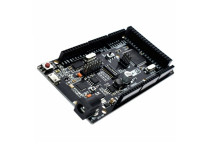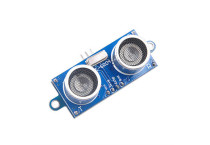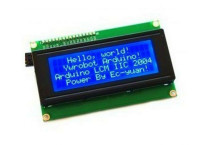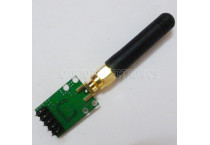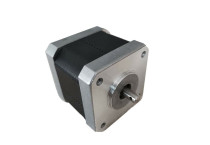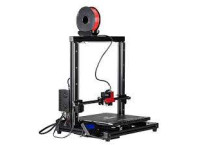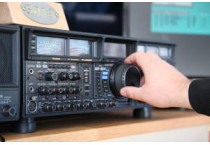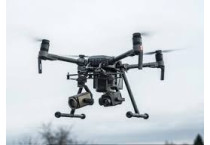Denne nettbutikken inneholder komponenter primært til egne prosjekter, men som også legges ut til salg for andre.
Nettbutikken er foreløpig ikke mva-pliktig.
Noen komponenter legges også ut som brukte. De er i variable tilstander, vist med det rabattilbudet som gis i hvert enkelt tilfelle.
Noen komponenter merket med 'Ring etter pris:' kan være reserverte og ikke til salgs. Melding om dette gis ved kontakt på telefon eller S

